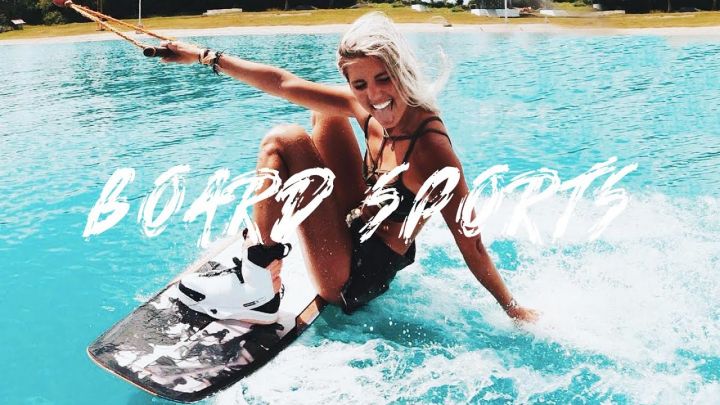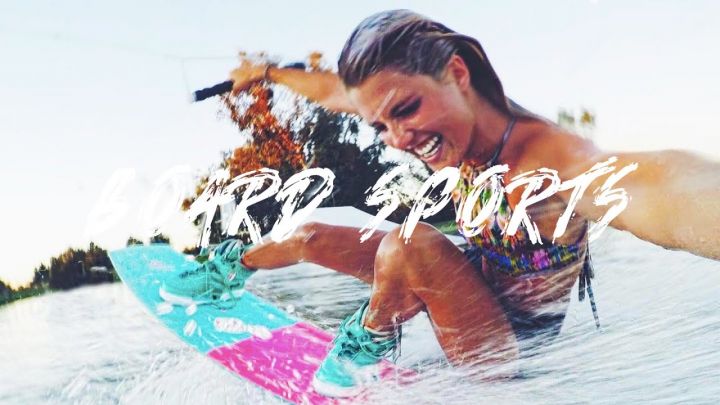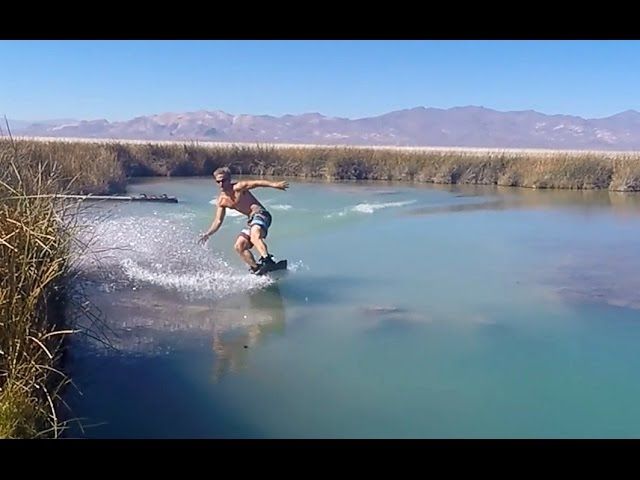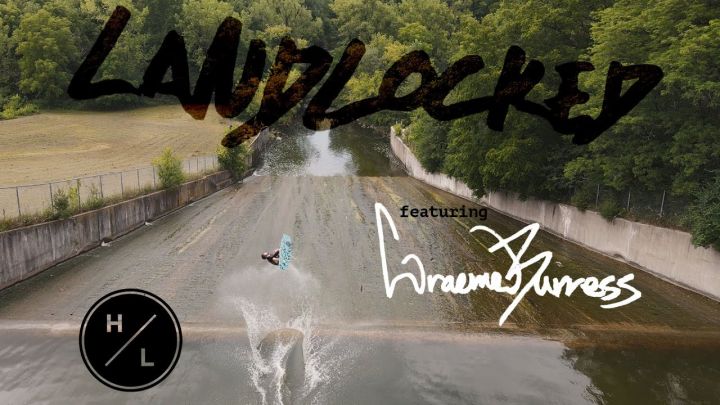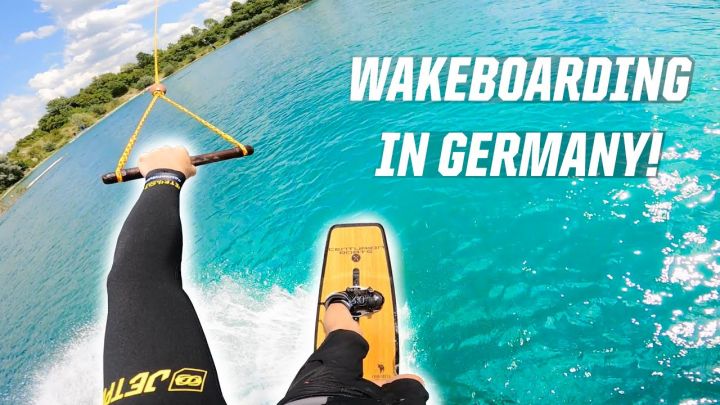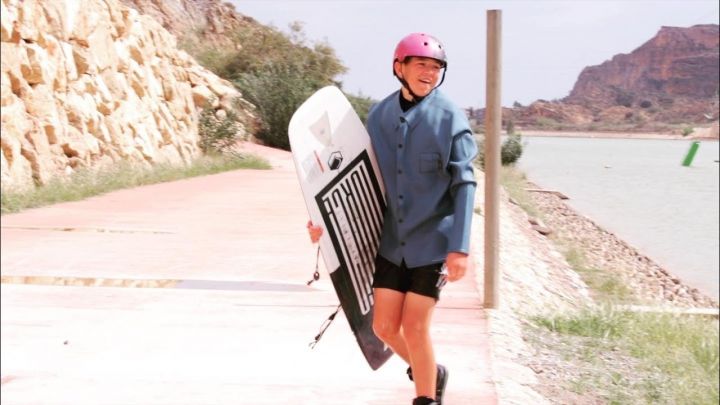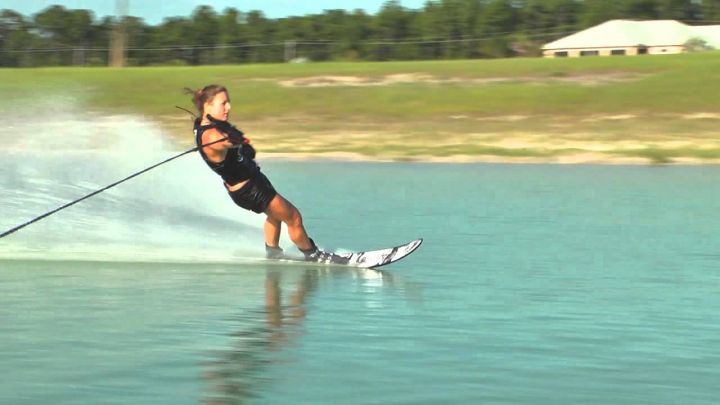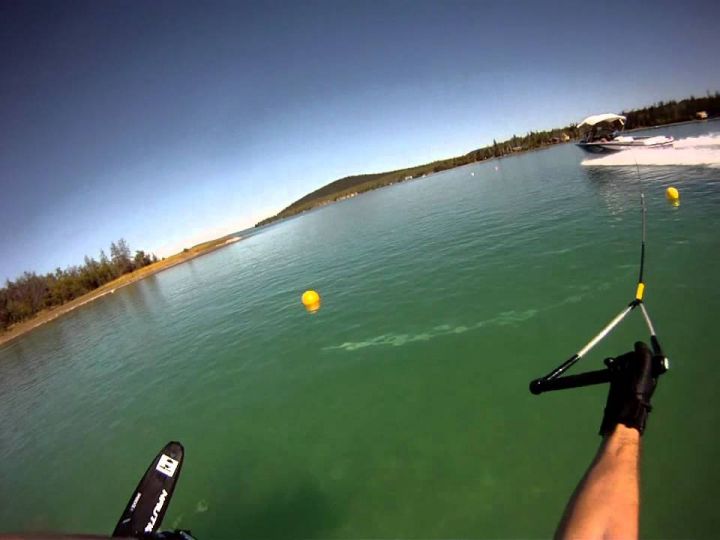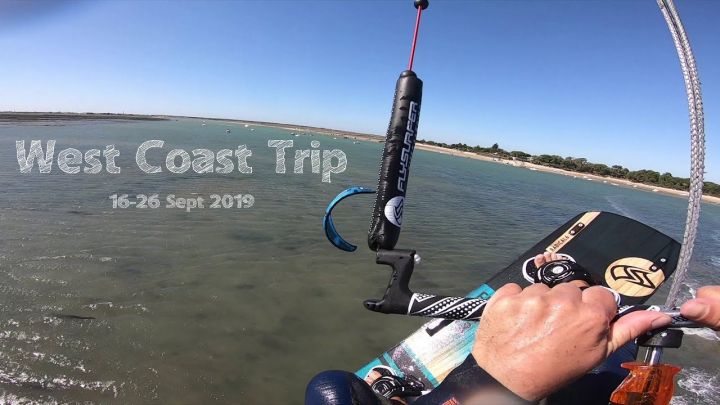Wakeboarding
Best of Wakeboarding 2015
12. 7. 2019
Wakeboarding, which was originally called skurfing, arose in the late 1980s after the advent of skiboarding (now snowboarding).
Skurfing is a sport that has many origins but is said to be created in Australia and New Zealand with bindingless hand-shaped boards designed specifically for towing. A 'skurf board' was lent to Jeff Darby and friends in Queensland, Australia, who started to make their own and who later came in contact with Tony Finn who was to later produce their brand 'Skurfer' under royalty. On the other side of the world in 1983, Howard Jacobs created several wakeboards by mounting windsurfing foot straps and partial hydroslide pads on some smaller surfboards that he had shaped; by 1984, he was throwing backflips on the St. Johns River in Jacksonville, Florida.
A few years prior to Tony Finn and the 'Skurfer', Australian surfboard shaper and inventor Bruce McKee, along with associate Mitchell Ross launched in Australia, the world's first mass-produced plastic, roto-moulded construction 'Skurfboard' named the 'Mcski', later 'SSS' skiboard and later 'Wake-snake'. The board had adjustable rubber foot-straps, concave tunnel bottom and a keel fin. Two smaller side fins were later added for greater hold and more maneuverability. McKee and Ross also applied for and were granted two patents, one in 1984 for a basic adjustable binding system and the other in 1985 for a patent for their adjustable plate type foot strap system.
Bruce McKee and associate Mitchell Ross negotiated with USA's Medalist Waterskis and the first American production was launched. The launch of the product, American version being named the 'Surf-Ski' was in 1984 at Chicago's IMTEC show. At the show McKee also met Tony Finn who would be the proposed California representative. Tony Finn went on to do his own negotiations with Darby and company from Australia and the result as mentioned above were the US boards later launched under the 'Skurfer' brand name in September, 1985. The name was supplied by the guys from Darby who also supplied the first board designs. Jimmy Redmon independently developed his own production boards in the US under the name of 'Redline Designs' at the same time Finn was releasing the 'Skurfer' (Finn and Redmon later founded 'Liquid Force'). The foam filled floating boards of the period went by many names, but the generic term eventually became 'skiboard'. Its riders participated in 'skiboarding'.
Wakeboarding on lake Zürich.
While the 'Surf-Ski' found limited success in the United States, the 'Skurfer' brand promoted by Tony Finn became a viable product, mostly due to Finn's tireless promotions. Finn's position as the most visible promoter of the sport when it became widely known has often caused him to be mistakenly named as the inventor of the sport. A more accurate, though no less important description, would be popularizer.
The term "wakeboarding" was coined by Paul Fraser (Vancouver, Canada), along with his brother Murray and a pro snowboarder they sponsored. Paul approached Herb O'Brien of HO Sports, and Herb went on to manufacture and sell the 'Hyperlite' wakeboard in January 1991; the world's first compression molded boards. The new manufacturing technique redefined the sport: skiboarding became wakeboarding. The neutral flotation of the 'Hyperlite' allowed for much easier starts, and the sport became available to a much wider demographic.
Skurfing is a sport that has many origins but is said to be created in Australia and New Zealand with bindingless hand-shaped boards designed specifically for towing. A 'skurf board' was lent to Jeff Darby and friends in Queensland, Australia, who started to make their own and who later came in contact with Tony Finn who was to later produce their brand 'Skurfer' under royalty. On the other side of the world in 1983, Howard Jacobs created several wakeboards by mounting windsurfing foot straps and partial hydroslide pads on some smaller surfboards that he had shaped; by 1984, he was throwing backflips on the St. Johns River in Jacksonville, Florida.
A few years prior to Tony Finn and the 'Skurfer', Australian surfboard shaper and inventor Bruce McKee, along with associate Mitchell Ross launched in Australia, the world's first mass-produced plastic, roto-moulded construction 'Skurfboard' named the 'Mcski', later 'SSS' skiboard and later 'Wake-snake'. The board had adjustable rubber foot-straps, concave tunnel bottom and a keel fin. Two smaller side fins were later added for greater hold and more maneuverability. McKee and Ross also applied for and were granted two patents, one in 1984 for a basic adjustable binding system and the other in 1985 for a patent for their adjustable plate type foot strap system.
Bruce McKee and associate Mitchell Ross negotiated with USA's Medalist Waterskis and the first American production was launched. The launch of the product, American version being named the 'Surf-Ski' was in 1984 at Chicago's IMTEC show. At the show McKee also met Tony Finn who would be the proposed California representative. Tony Finn went on to do his own negotiations with Darby and company from Australia and the result as mentioned above were the US boards later launched under the 'Skurfer' brand name in September, 1985. The name was supplied by the guys from Darby who also supplied the first board designs. Jimmy Redmon independently developed his own production boards in the US under the name of 'Redline Designs' at the same time Finn was releasing the 'Skurfer' (Finn and Redmon later founded 'Liquid Force'). The foam filled floating boards of the period went by many names, but the generic term eventually became 'skiboard'. Its riders participated in 'skiboarding'.
Wakeboarding on lake Zürich.
While the 'Surf-Ski' found limited success in the United States, the 'Skurfer' brand promoted by Tony Finn became a viable product, mostly due to Finn's tireless promotions. Finn's position as the most visible promoter of the sport when it became widely known has often caused him to be mistakenly named as the inventor of the sport. A more accurate, though no less important description, would be popularizer.
The term "wakeboarding" was coined by Paul Fraser (Vancouver, Canada), along with his brother Murray and a pro snowboarder they sponsored. Paul approached Herb O'Brien of HO Sports, and Herb went on to manufacture and sell the 'Hyperlite' wakeboard in January 1991; the world's first compression molded boards. The new manufacturing technique redefined the sport: skiboarding became wakeboarding. The neutral flotation of the 'Hyperlite' allowed for much easier starts, and the sport became available to a much wider demographic.
